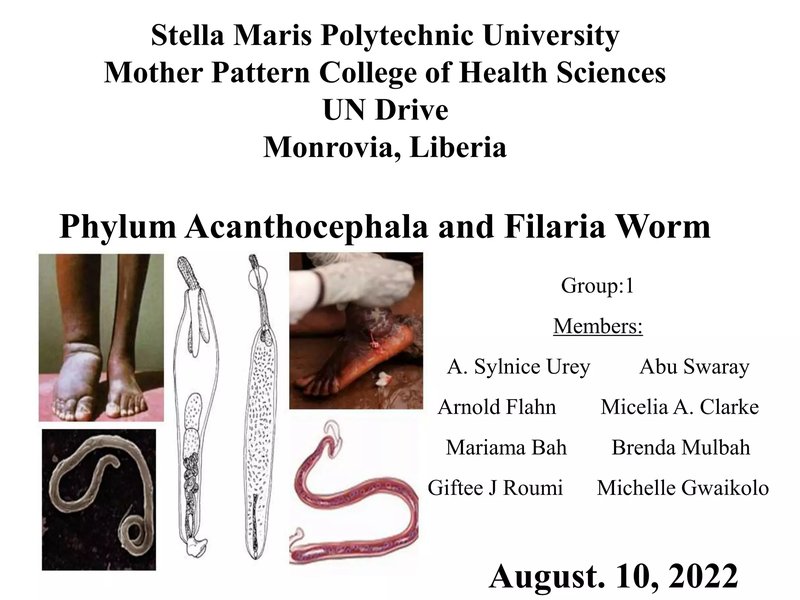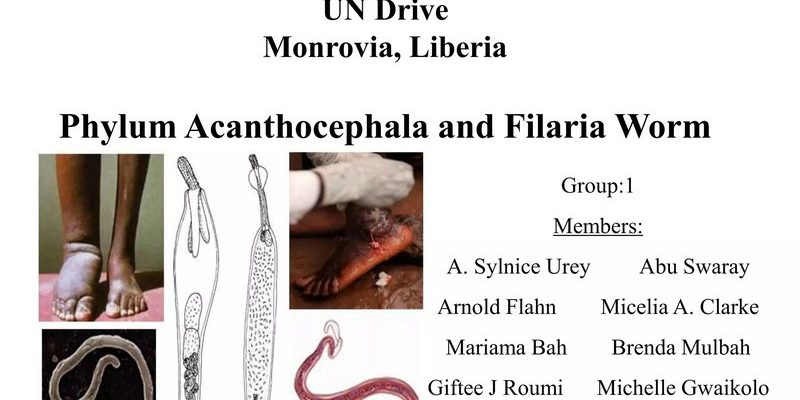
You might wonder why we should care about these creepy crawlers. Well, understanding how they compare can answer questions about their biology, ecology, and how they impact their hosts. Think of it like grilling up some burgers: you want to know how different types of meat stack up, right? Let’s dive deep into the world of these worms, exploring their similarities and differences, and what that means for the ecosystems they inhabit.
What Are Acanthocephala?
Acanthocephala, commonly known as thorny-headed worms, are a unique group of parasitic worms mainly found in the intestines of various hosts, including fish, birds, and mammals. Their defining feature is the spiny proboscis, which they use to anchor themselves to the intestinal walls. It’s like they’ve got their own little grappling hook to keep them in place while they feast on their host’s nutrients.
These worms can vary significantly in size, but many are only a few centimeters long. Acanthocephala’s life cycle is complex, typically requiring at least two different host species. For example, they often start life as eggs in the environment, which then hatch in an intermediate host, like a beetle or a fish. Eventually, they make their way into the final host, where they grow, reproduce, and continue to thrive. It’s a bit like a relay race where each leg has its own hurdles to overcome!
Understanding Acanthocephala’s role in their ecosystems is crucial. They can affect the health of their hosts and even other species in the food chain. In some cases, heavy infestations can lead to malnutrition in fish or birds, affecting local wildlife populations. It’s a delicate balance, and these tiny invaders play a significant part in it.
Roundworms: A Common Comparison
When we look at other worm species, roundworms (nematodes) often come to mind. Like Acanthocephala, roundworms are also parasitic and can be found in many habitats, including soil, marine environments, and the guts of various animals. However, they have some key differences that set them apart.
First off, roundworms have a smooth body shape compared to Acanthocephala’s spiny appearance. This means they don’t have the unique anchoring mechanism that allows Acanthocephala to attach to intestinal walls. Instead, roundworms often swim or burrow through their host’s tissues, which can make them more mobile. It’s like comparing a grappling hook to a swimmer — both can navigate their environments, but they do it differently.
Another difference lies in their life cycles. Roundworms typically have more straightforward life cycles, often involving just one host. They can multiply rapidly, leading to significant infestations. This can be distressing for both host animals and humans in some cases, as certain nematodes can cause diseases.
Whether it’s through their unique adaptations or life cycles, both Acanthocephala and roundworms show how diverse the world of parasitic worms can be. It’s essential to recognize these differences to understand their impacts on ecosystems.
Flatworms vs. Acanthocephala
Flatworms, or platyhelminths, are another group that frequently gets compared to Acanthocephala. These worms have a flattened body structure, which allows them to thrive in various environments, including freshwater, saltwater, and even as parasites in other animals. They come in a wide range of shapes and sizes — just like Acanthocephala.
One of the biggest differences is in their feeding methods. While Acanthocephala use their spiny proboscis to latch onto their host and absorb nutrients, flatworms often have a different strategy. Many flatworms have a mouth on their underside, which they use to ingest food. Imagine having a vacuum cleaner instead of just a spoon — it’s a different way of obtaining nourishment!
Both Acanthocephala and flatworms can be found in similar habitats and may even compete for hosts. However, flatworms often have a more complex reproductive system, featuring both sexual and asexual reproduction methods. Some can even regenerate lost body parts, which is quite the party trick.
By comparing the life strategies and adaptations of flatworms and Acanthocephala, we can see how different organisms can coexist in the same ecosystem while still having unique survival mechanisms.
The Role of Acanthocephala in Ecosystems
Acanthocephala play significant roles in their ecosystems, often serving as indicators of environmental health. Since they rely on specific hosts, a decline in host populations can signal changes in the ecosystem. If fish populations drop, for instance, it can impact the entire food web, including birds and mammals that rely on those fish for sustenance.
Moreover, these worms can influence the behavior of their hosts. Some studies suggest that Acanthocephala can manipulate their host’s behavior to increase the chances of transmission to the next host. For example, infected fish might swim closer to the surface or act erratically, making them easy prey for birds. It’s like these worms have a devious game plan to ensure their survival!
They can also impact nutrient cycling within ecosystems. By being a food source for predators, they play a role in energy transfer through the food web. Understanding these interactions is crucial for maintaining biodiversity and the health of various habitats.
In short, Acanthocephala aren’t just random parasites; they are essential players in the intricate web of life.
Final Thoughts: Why This Matters
So, why should we care about comparing Acanthocephala to similar worm species? Understanding these comparisons helps us appreciate the complexity of ecosystems and the roles that different organisms play within them. It shines a light on the delicate balance of nature and how even the smallest creatures can have significant impacts.
By learning more about these worms, we can better understand the challenges facing wildlife and the environment. Conservation efforts rely on this knowledge to protect various species and their habitats. Plus, studying these fascinating creatures can lead to breakthroughs in medicine and science as we uncover more about their biology and interactions.
In the end, the world of worms is more captivating than it seems. With creatures like Acanthocephala swimming around, there’s a whole hidden world just waiting to be explored. So next time you hear about these worms, take a moment to appreciate the complex and intriguing roles they play in their habitats.

